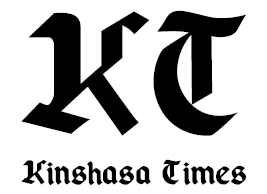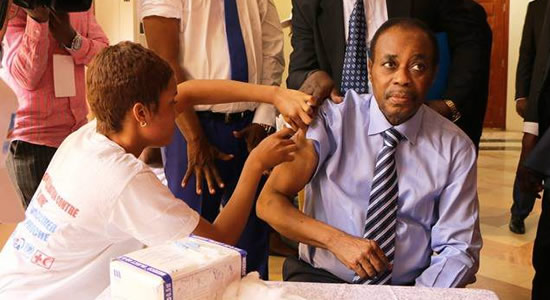 Since its launch by the Congolese government on 17 August 2016, the preventive vaccination campaign against the yellow fever, the United States, through USAID and the Centres for Disease Control and Prevention (CDC), have provide key support to the response against the yellow fever outbreak in many areas.
Since its launch by the Congolese government on 17 August 2016, the preventive vaccination campaign against the yellow fever, the United States, through USAID and the Centres for Disease Control and Prevention (CDC), have provide key support to the response against the yellow fever outbreak in many areas.
Thanks to USAID, nearly 1 million US Dollars were provided in support to the National Bio-Medical Institute (INRB) as part of the PREDICT project in order to supply INRB with the necessary equipment to conduct the diagnosis of the yellow fever.
USAID also intervened through existing partners (MSH, IHP+) in order to help the CDC to procure the necessary equipment, find time and personnel to conduct a study on the immunogenicity of the fractioned/minimal dosage of the yellow fever vaccine. The study was conducted by INRB with technical support from CDC and USAID funding. It covered 6 out of the 2,000 vaccination sites across Kinshasa from 17 to 26 August 2016. It should be noted that the minimal dosage used in this campaign can immunise for one year those vaccinated. The study further will establish whether the immunisation does last for one year, thus, releasing pressure on a limited global stock of yellow fever vaccines.
In terms of technical support, several CDC and USAID experts are working with the DRC Ministry of Health, including INRB, in data management, quality assurance and daily updating of tools.
The US Government, through its experts, participate on a regular basis in meetings and contributes to identifying needs continuously and the development of programmes. It should be mentioned that most platforms that had been developed to implement the polio vaccination campaign successfully have been redeployed to support the campaign against the yellow fever. USAID has funded Emerging Pandemic Threat (EPT) activities in DRC since 2010, including by training health staff to prevent, detect and respond to epidemic threats and build laboratory capacities, with an EPT budget of 17 million US Dollars for fiscal years 2015-2017.
Finally, through the Global Alliance for Vaccination and Immunisation (GAVI), the US Government, the third largest donor to GAVI, supports the introduction of new vaccines through the routine system, while also providing support to the global reserves for some essential vaccines, including the yellow fever vaccine, which can be deployed for targeted campaigns. GAVI provides more than 10 million US Dollars to support the yellow fever vaccination and operational costs for the current campaign.


